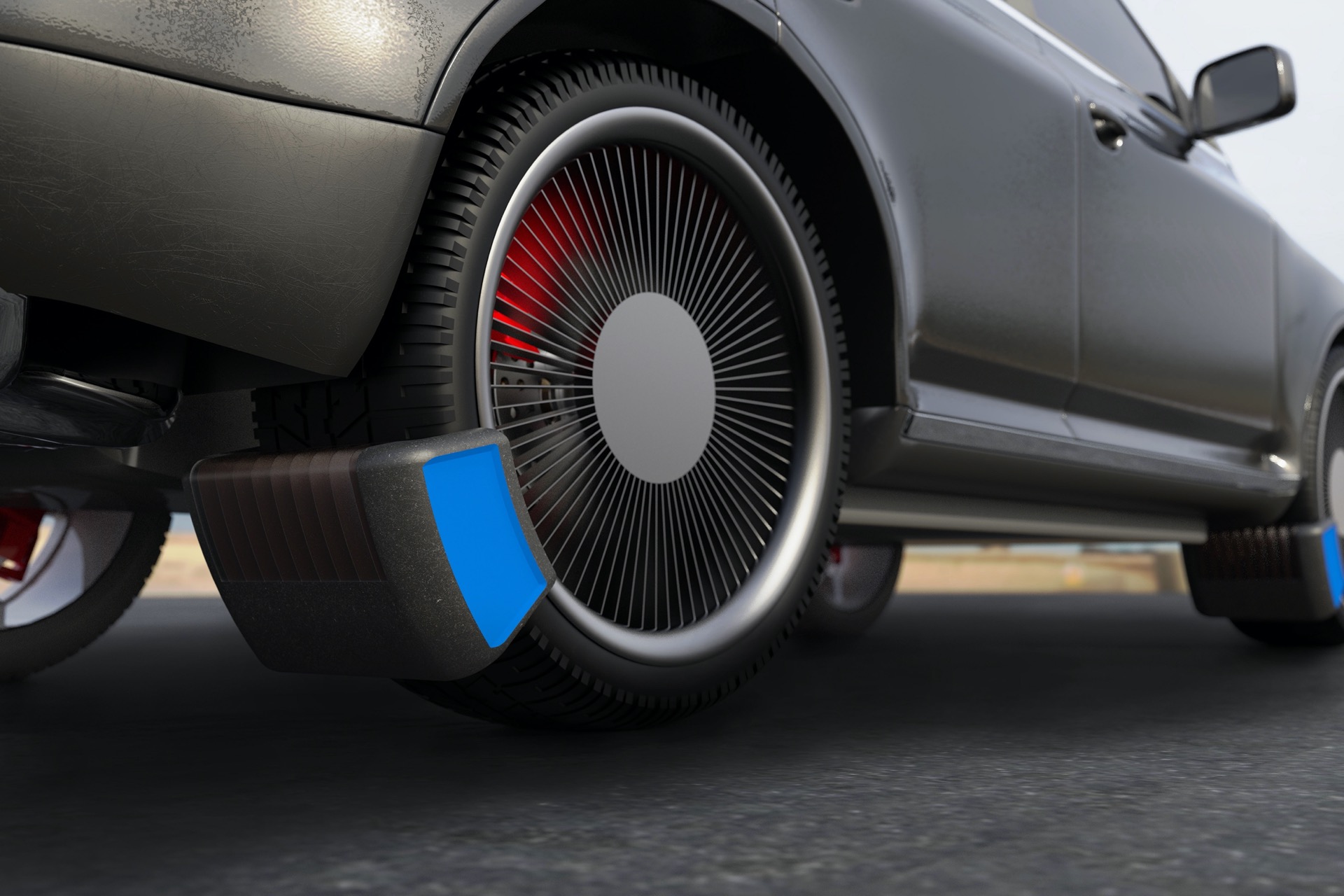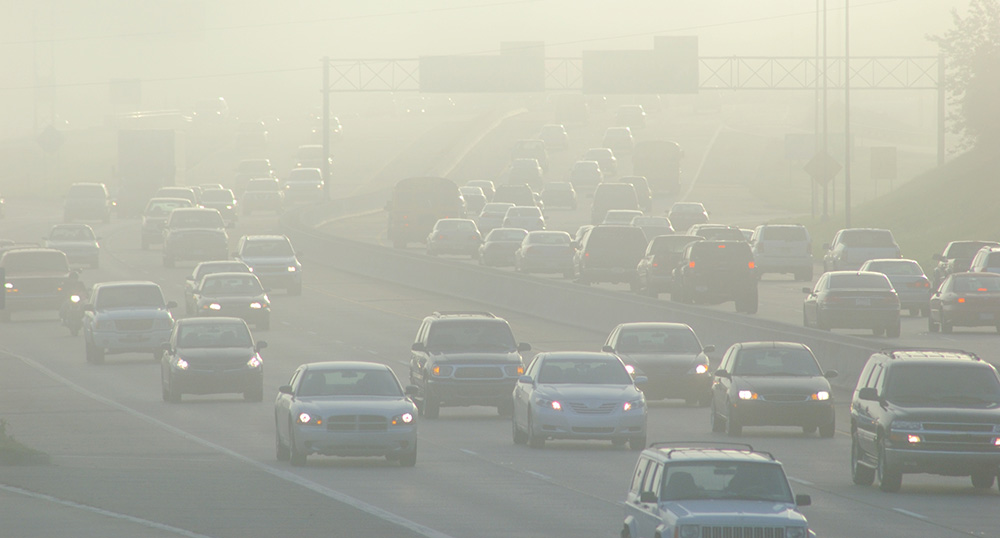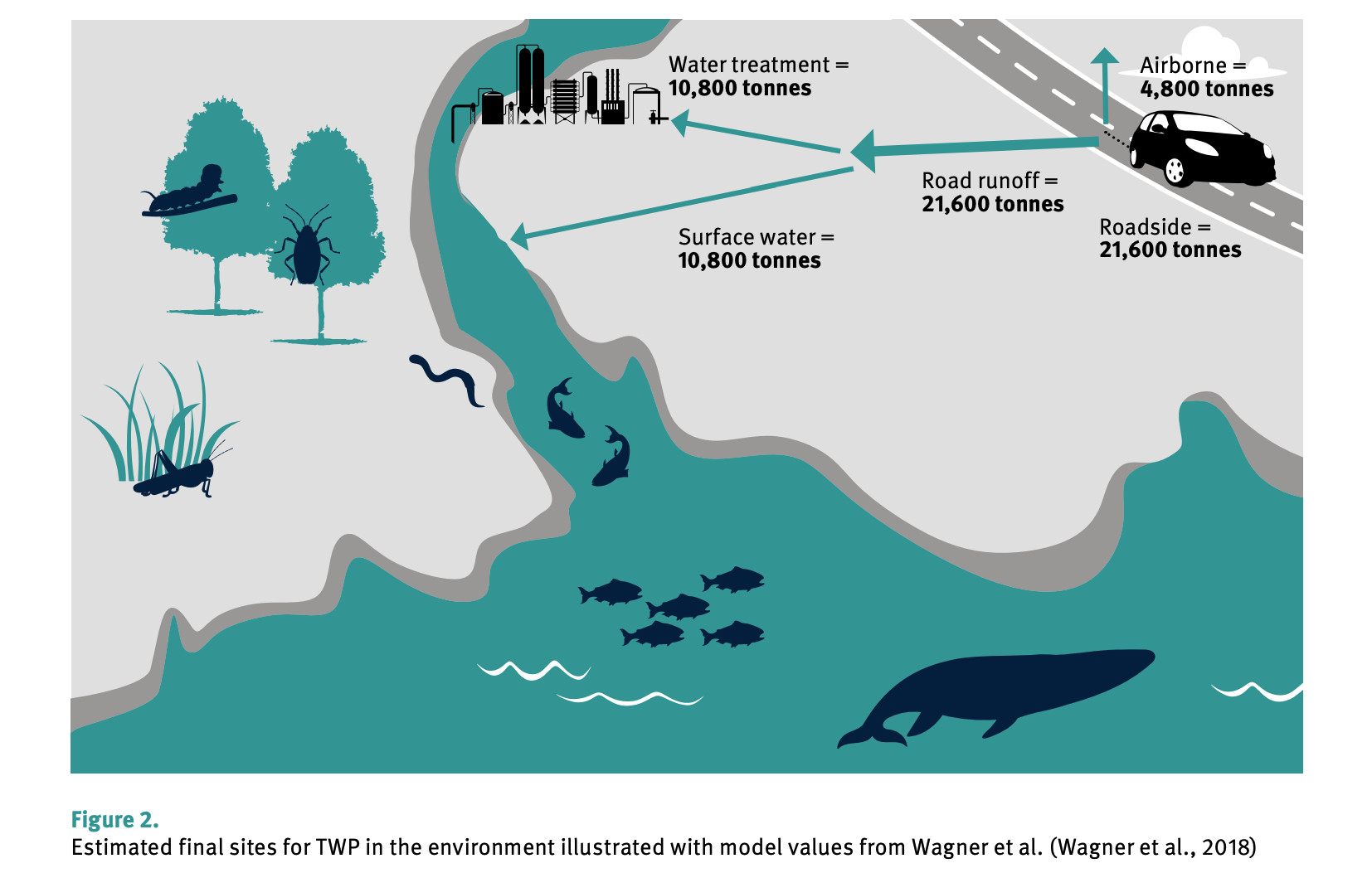There Are No Simple Solutions To Serious Problems
"These non-tailpipe emissions are becoming an issue for two reasons.""One, it hasn't been regulated. Second, its chemical composition can be potentially more toxic, especially for brakes' [particulate matter] ... they're all metallic.""In all 50 states, brake and tire emissions are not regulated, so we will see the same thing in other states."Heejung Jung, mechanical engineering professor, University of California, Riverside"Traditionally, it's been assumed that it's been big chunks of rubber breaking off tires and it's just captured in the drains and it's not a big problem.""What we've shown from our testing is that it's a mixture of bigger particles, but also ultrafine particles.""Water is likely to be the single biggest destinations of these particles [as materials get washed into drains from the road or seep through soil].""It actually could be more [compounds concentrated] in humans and animals than was thought. We just, we don't quite know yet."Nick Molden, founder, CEO, Emissions Analytics
 | |
| PM2 Collector, The Tyre Collective |
It's been decades since environmental scientists have issued their warnings, along with health officials, of the harmful pollutants emanating from vehicle tailpipes. Over time, car exhaust systems have been re-engineered and have become cleaner emitters. Now, lung disease has been on the increase resulting from a different vehicle source; tires and brakes.
Wear and tear on tires and brakes has been demonstrated to produce increasingly greater particle pollution by mass, than ever was the case in car exhaust systems in a number of real-world and test scenarios. Some of the resulting particles are sufficiently large to be seen with the naked eye. Others representing fine particles (PM 2.5, diameters up to 2.5 microns) and ultrafine particles (PM 0.1, with diameters of 100 nonometres), able to enter the bloodstream to harm organs.
As heavier electric vehicles placing greater strain on tires are put on the road, the issue will grow more serious, scientists warn. Brake and tire emissions, unlike car tailpipe emissions, are not regulated, suggesting pollution may continue unchecked for the foreseeable future. Other than tailpipes, the dominating source of traffic emissions are other sources; road dust kicked up from cars for example. Particulate emissions from brakes and tires are growing as well, adding to pollution and outweighing tailpipe emissions.
Professor Jung and colleagues studied car emissions sources along two highways in Long Beach and Anaheim in 2020 for one study. In Anaheim, brakes and tires were found to constitute 320 percent of PM 2.5 pollution, analogous to pollution from gas and diesel. The findings match with emission predictions by the California Air Resources Board which predicted PM 2.5 pollution from brakes would be greater than pollution from exhaust by 2020, in view of cleaner exhaust policies.
Tailpipe emissions have declined in all 50 states, noted Professor Jung, resulting from policies of the Environmental Protection Agency. Tests by Emissions Analytics, an engineering consulting company based in Britain, found tires produce about 2,000 times more particle pollution by mass than do tailpipes. Those emissions, not regulated, exceed the legal particle limits for exhaust, while the emissions consisted of over 400 compounds of different sizes and toxicity.
 |
A new study shows that tailpipe emissions are declining, but brake
and tire wear particle emissions remain a persistent – and unregulated –
air quality concern DRI |
According to Nick Molden, CEO of Emissions Analytics, his company found particles as small as six nanometres, capable of being inhaled. Carcinogens are also emitted from tires, while other studies found metals. It's known that these chemicals and elements can produce grave effects on human health. At the same time a gap exists in knowing how many and at what concentrations these compounds end up in humans and animals. A good car air filter is important, he stressed.
As heavier electric vehicles are increasingly introduced, large electric vehicles, as a result of their large batteries, are at least 50 percent heavier than an internal combustion engine-powered vehicle, and will place greater wear on tires, causing more pollution. The solution may be to shift the tire materials to natural or non-fossil fuel sources, scientists feel. Many tires are produced of synthetic rubber derived from crude oil, that include carcinogens.
The Goodyear Tire and Rubber Company last year announced a multimillion-dollar project with a goal of a pilot project to create tires for airplanes and other vehicles to be used by the Air Force of the U.S. Department of Defense, in tandem with a company called BioMADE. Experimental production of sustainable tire sources such as dandelions are in the works. A species of dandelion known as Taraxacum kok-saghyz, harvested from Ohio farmland.
 |
| As governments work to reign in vehicle emissions such as CO2, U of T researchers are drawing attention to other harmful sources of vehicle-related air pollution, including brake pads and tires (photo by Marijan Murat/picture alliance via Getty Images) |
"Millions of tires being driven on the road breaking down –that’s a problem. It’s an emerging question in the field – it’s hard to know where the particles end up.""Because of changes in vehicle technology, tailpipe emissions particularly from cars has dropped off a lot over the last two decades. What we found with research we’ve done in Toronto is that, since 2013, non-tailpipe emissions have exceeded tailpipe emissions.""There is not an organ in your body that’s not impacted by air pollution. We know your health risk is increased. We know a lot of these pollutants are carcinogens. [It] can contribute to cardiorespiratory issues.""At the end of it, we’re hoping to have better methods to able say how much is coming from tailpipe and how much is non-tailpipe, and how do we identify hot spots."Matt Adams, assistant professor, University of Toronto Mississauga’s department of geography, geomatics and environment

Labels: Carcinogens, Health Concerns, Heavy Metals, Particulate Matter, Tailpipe Emissions Decline, Tire Brake Emissions
0 Comments:
Post a Comment
<< Home